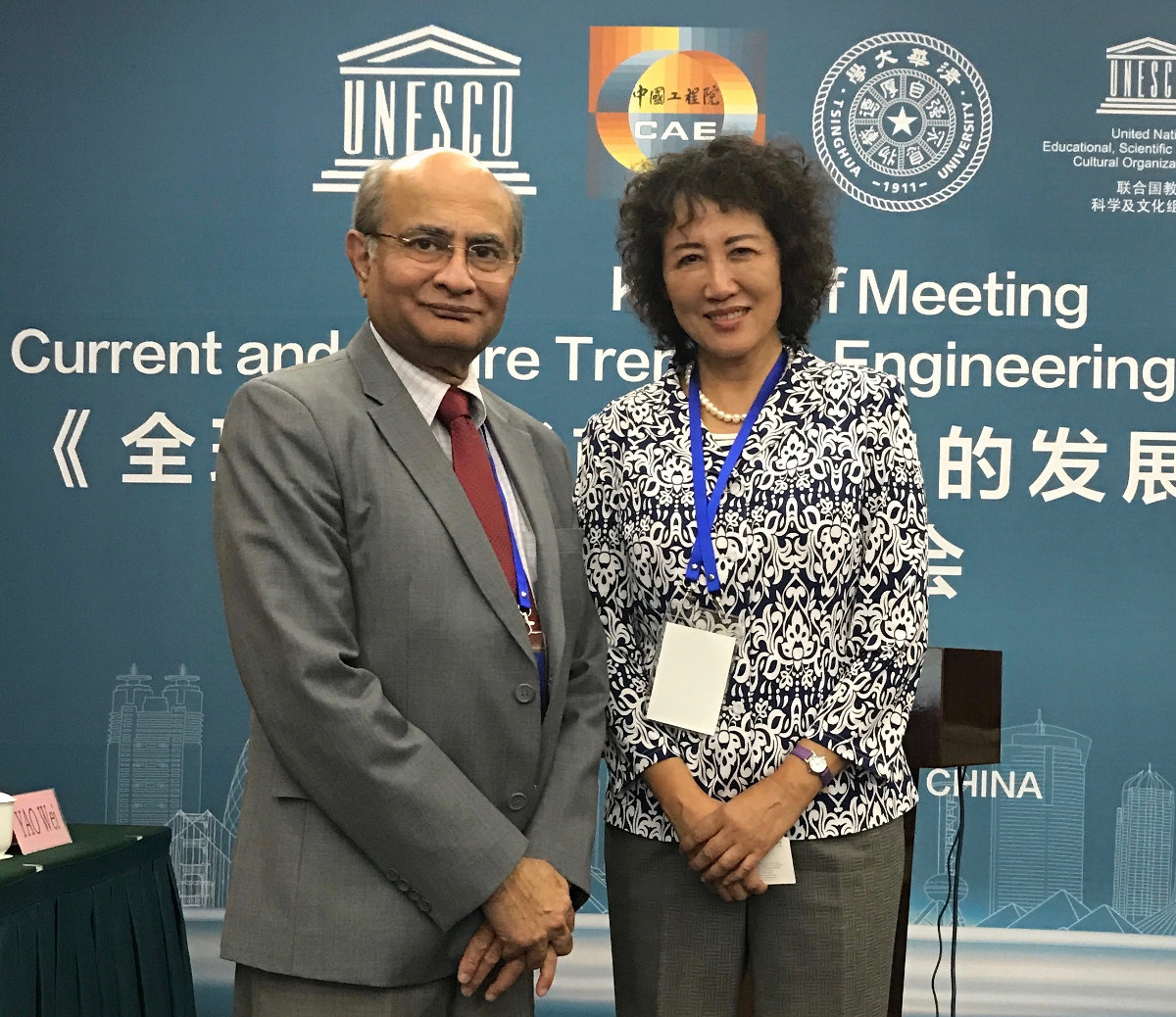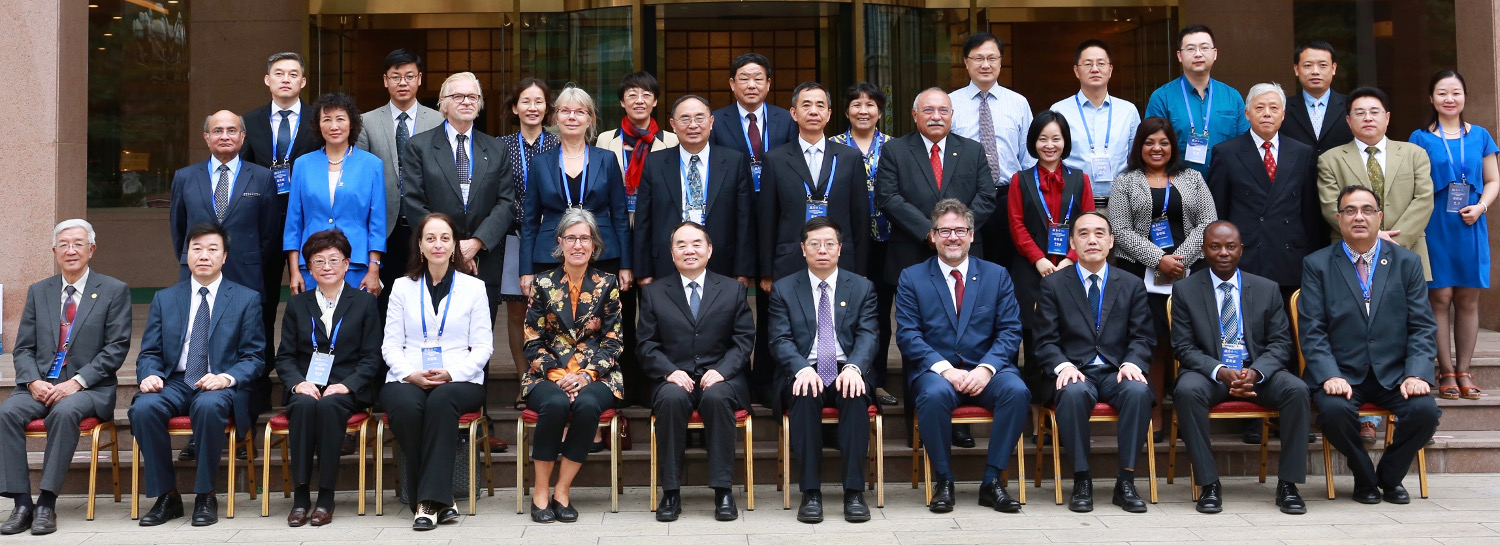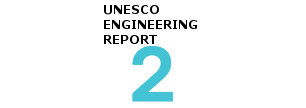
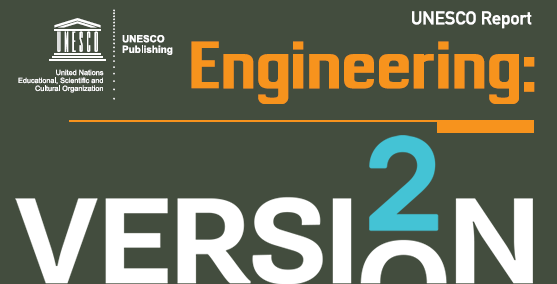
1. Overview
Last 26 and 27 September 2017, the UNESCO Engineering Report II Kick-Off Meeting was held in Beijing, China.
This meeting was organized by UNESCO and hosted by the International Centre for Engineering Education (ICEE) in Beijing. 32 formal participants came from UNESCO, ICEE, Chinese Academy of Engineering (CAE), WFEO, International Federation of Engineering Education Societies (IFEES) and World Council of Civil Engineers (WCCE).
I attended the meeting on behalf of WFEO. Marlene Kanga, WFEO President-elected, and Yashin Brijmohan, WFEO vice president and Chair of the Committee on Engineering Capacity Building, had connections with the meeting through Skype.
This UNESCO Engineering Report project is called ERII, following the first report published in 2010, titled “Engineering: Issues, Challenges and Opportunities for Development”. The second report is titled “Engineering the SDGs: Current and future trends in engineering around the world.”
It is expected to improve the education and employment by providing the data of current states and showing deficiencies.
The second UNESCO engineering report (ERII) will give information on the current state of engineering worldwide by analyzing the statistics on tertiary enrolment, graduation and employment in engineering around the world. It will propose recommendations to address current problems, to meet the future demands.
This report will also focus on the engineer’s function on achievement of SDGs in 2030 Agenda. It is expected to improve the education and employment by providing the data of current states and showing deficiencies.
In this kick-off meeting, the project document included the key issues, structures, content coverage and time scheme. to complete this historical work, we need a cooperation among all the parties in connections, where WFEO, as a global engineering organization, has advantages in help on data collection and technical/marketing trends analysis.
The gender imbalance issue was emphasized in this meeting, which has impressed me.
The main purposes of this meeting were:
-
To Confirm the designed frame structure;
-
To set the scheme of data collection, i.e. the indexes, items, the coverage, etc.;
-
To give focus on part of SDGs which reflect the engineer’s functions;
-
To confirm the numbers of data resources and the regular system to deal with those data;
-
To negotiate the division of the work among the partners.
2. First day meeting on 26 September 2017
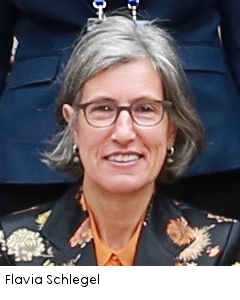
On the first day, Mr Ji Zhou, the President of CAE, Mr Yong Qiu, President of ICEE and Ms Flavia Schlegel, Assistant Director-General of Natural Science of UNESCO gave speeches, to express their support to the second UNESCO engineering report.
Flavia Schlegel has given a keynote speech to explain UN SDGs. It is obvious that all the UNESCO’s work is toward the 2030 targets.
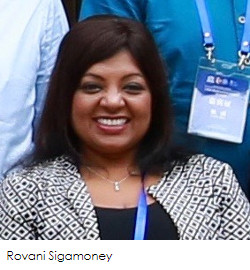
Then, Rovani Sigamoney, moderator of the whole editing and consulting team, Tariq Durrani, Research Professor at the University of Strathclyde in Glasgow and member of the ERII Advisory Board, and others gave presentations, for the instruction of the project and aims of the meeting. It appears the emphasis is on the data collection of engineering education as well as employment. I asked for the main objective of the report work, what are the connections with SDG17.
The first day’s meeting chairs were Qidi Wu from ICEE and Marielza Oliviera from UNESCO.
There were discussions among the participants. Almost everyone has provided his/her opinions, including me.
-
The engineering coverages not only constructions and manufacture but also ICT (Information and Communication Technology) and AI (Artificial Intelligence);
-
We should consider the engineer functions both in technology and economics.
-
In 21th century, the engineering is no longer limited to the conditional fields like manufacture and civil construction, but also include ICT and AI fields as well.
3. Second day meeting on 27 September 2017
At the beginning, Ernesto Fernandez Polcuch, Chief of Section Division of Science Policy and Capacity-Building UNESCO, has given a presentation on the data collection strategy. It is an important and fundamental issue, because many countries in Africa and South America don’t have data collecting systems. And also the definition of the data, e.g. the definitions of recognized engineers.
Rovani Sigamoney gave a presentation on the report structures. She emphasized that there should be a part in ERII for the content of engineering’s contribution to SDGs, historical and in the future.
2nd row (standing): Tariq S Durrani, Ruomei Li, Hans J. Hoyer, Anette Kolmos, Sunyu Wang, Guokai Wu, Alfonso A. Gonzalez Fernandez, Manli Li, Rovani Sigamoney, Jincheng Kang, Qi Tian
1st row (sitting): Shouwen Yu, Jiagui Zhou, Qidi Wu, Marielza Oliviera, Flavia Schlegel, Ji Zhou, Yong Qiu, Ernesto Fernandez Polcuch, Si Yuan, M. G. Zebaze Kana, Shahbaz Khan.
The meeting chairs were Si Yunan of ICEE and Shahbaz Khan from UNESCO.
I have expressed my opinion as follows:
-
The objective of this report should be very clear, to demonstrate the role of engineers’ in promoting UN SDGs. The data collection is just for this objective.
-
The engineers function should be focused on engineering practice. For example, for a wind power farm, there may be no birds under the fan. And the solar panels needs lots of water to clean. Only the engineers understand and can manage the problem.
-
Does the report request official data collection? What does “official” mean? Only the data published by a government? Or by a government recognized organization? The NGOs have advantage on investigation and data collection. My organization in China hold a women engineers event every year and has collected data of women in electrical engineering.
-
For the SDG17, engineers have a role in most of the objectives. As the most influential engineering organization during 50 years, WFEO has 92 national members and numbers of international organizations, like WCCE, an active member of WFEO. WFEO has played an important role in the previous UNESCO engineering report published in 2010. It also has a good partnership with other organizations like ICEE. I am here on behalf of WFEO. Please give us opportunities for making contributions in this ERII report work.
4. Summary
This time, to attend a UNESCO meeting especially for preparing a report, was a good opportunity for learning. I noticed that when the UNESCO officers mentioned NGO organizations, WFEO was the number one. However, different from the previous ERI report, when WFEO was the only partner. This time, the other attendees from NGOs are on behalf of WCCE, IFEES and there may be other organizations to join.
Report by Ruomei Li, Member of WFEO Executive Council
For more information:
![]() UNESCO Engineering Report, 2010
UNESCO Engineering Report, 2010
![]() Sustainable Development Goals and Science: An Opportunity by Flavia Schlegel
Sustainable Development Goals and Science: An Opportunity by Flavia Schlegel
NOV
2017

